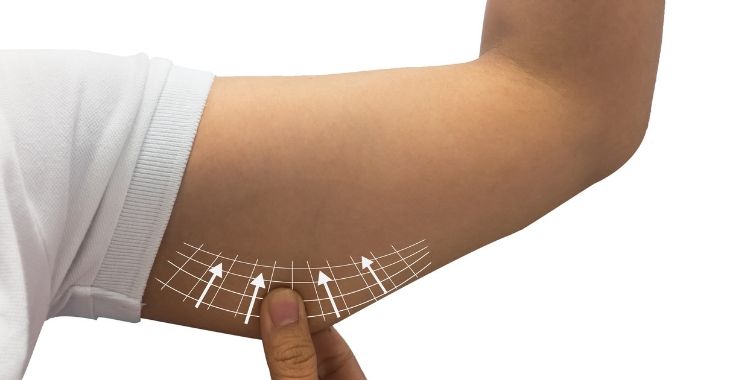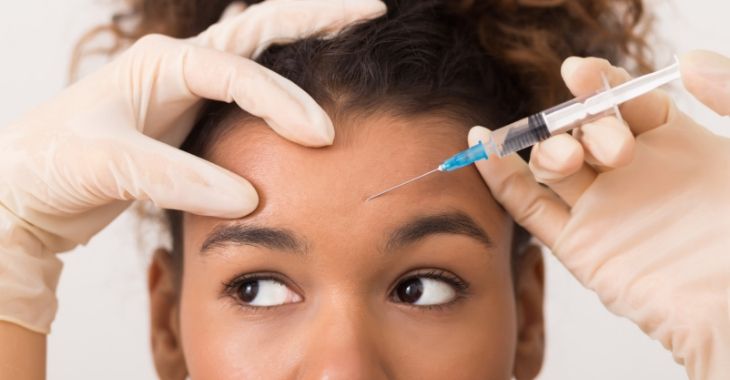How Does Botox Give Relief for TMJ?

For those with temporo-mandibular joint disorder, often referred to as TMJ or TMD, symptoms can range from a sore jaw and facial pain to headaches and problems opening/closing the jaw. TMJ is not caused by one issue, but a combination of symptoms that can be present when there is a problem with the jaw joint and associated muscles/tendons. One of the options for relieving TMJ symptoms is Botox, a surprisingly effective treatment for this condition.
When most people hear someone is getting Botox treatments, they may automatically assume that it is for anti-aging purposes. While Botox is FDA-approved for treating brow lines and some other wrinkles, it is also used for other medical treatments. Botox is used to treat muscle spasms in those with cerebral palsy, for migraine treatment and to give relief for TMJ.
TMJ Relief with Botox Injections
Botox is a neuro-modulator, a term used to describe agents that affect nerve signals from the brain. Botox blocks the signals to muscles to contract. This weakens the targeted muscle, which can smooth wrinkles, stop muscle spasms and clenching of the jaw in TMJ patients. Stress on the jaw joint can worsen TMJ symptoms – often patients do this unconsciously or in their sleep. Botox injections can protect the jaw joint by weakening muscles connected to the temporo-mandibular joint. This can reduce jaw pain, headaches and other symptoms associated with TMJ.
If you have TMJ and are interested in learning more about Botox injections for relief, find a plastic surgeon that offer Botox treatments for TMJ. A plastic surgeon understands the muscular structure of the jaw to ensure they target the correct muscles with Botox to get the best results and the most relief from TMJ symptoms.
Posted on behalf of:
Maurice M. Khosh, MD, FACS
580 Park Avenue, Suite 1BE
New York, NY 10065
212-339-9988
The information provided on this website, including text, graphics, images, and other materials, is intended solely for informational purposes and should not be used as a substitute for professional medical advice, diagnosis, or treatment.


)